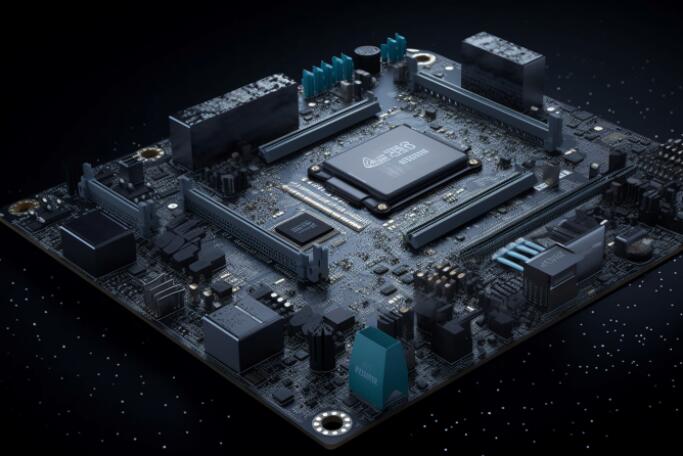The editor of Downcodes brings you a report on the latest Skynode S chip developed by Auterion. This chip is designed to provide autonomous navigation capabilities for UAVs, and is particularly suitable for precise strikes by Kamikaze UAVs in battlefield environments. Its practical application in Ukraine has shown significant advantages, significantly improved the combat efficiency and strike accuracy of UAVs, successfully broke through the interference of electronic countermeasures, and brought new opportunities to UAV operations in modern warfare. possibility. Let’s dive into the details and potential impact of this revolutionary technology.
American company Auterion has launched the Skynode S chip, which can autonomously guide kamikaze drones to targets in Ukraine. Auterion, a provider of drone operating systems, has launched Skynode S, a new computer and flight control system for military drone operations. This affordable technology can be integrated into a variety of civilian and military vehicles and has proven its effectiveness during combat operations in Ukraine.

Picture source note: The picture is generated by AI, and the picture is authorized by the service provider Midjourney
Specifically, the Skynode S is a chip that can be built into a drone and control it. The chip runs Auterion's software and has computer vision capabilities, among many other functions. This technology is particularly useful for kamikaze drones because the drone can still be positioned toward a target even if the operator loses control due to interference.
Auterion's Skynode S successfully bypasses electronic countermeasures
According to Auterion CEO Dr. Lorenz Meier, through the initial deployment in Ukraine, the AI-controlled drones achieved a 100% hit rate, while the manually controlled drones lost contact with humans due to electronic defense measures. Pilot's connection, its hit rate is only 20% to 40%.
Meier thinks it’s unlikely those numbers will stay that high forever, but they may continue to be significantly higher than hit rates from non-autonomous drones.
Thanks to its AI capabilities, drones can not only continue flying after interference and attack previously marked targets such as tanks, but can also visually identify targets, such as specific machine parts in petroleum refineries, and then carry out targeted attacks.
This positioning has been tested on larger Ukrainian drones similar to Russia's Lancet and Iran's Shahed drones, Forbes reports. "Tests have proven that it can hit targets with precision," Meier said. "The system will be put on the front lines in the coming weeks."
The Skynode S system is based on open source software, which makes it easier for developers to create new applications. Its price is in the mid-three-digit dollars, and in Ukraine Auterion offers the system at a special "Ukrainian Aid" price. According to Meier, the system could soon also be used in air combat to autonomously intercept and destroy drones.
Meier emphasized that the Skynode S is not intended to be a fully autonomous killing machine. He compared its level of automation to a guided missile like the U.S. Javelin, in which a human operator designates the target before the weapon is autonomously aimed. In military jargon, this is known as "fire and forget" a weapon.
Highlights:
? Auterion launches Skynode S chip, which can autonomously guide drones to conduct combat operations.
?The Skynode S system successfully bypasses electronic countermeasures and achieves a high hit rate.
? This technology is based on open source software, is affordable, and may be used in more areas in the future, but it is not intended to create fully autonomous killing machines.
The emergence of the Skynode S chip marks a major leap in drone technology. Its application prospects in the military field are broad, and it has also triggered discussions on the ethics and safety of autonomous weapons systems. The editor of Downcodes will continue to pay attention to the subsequent development of this technology and its impact.